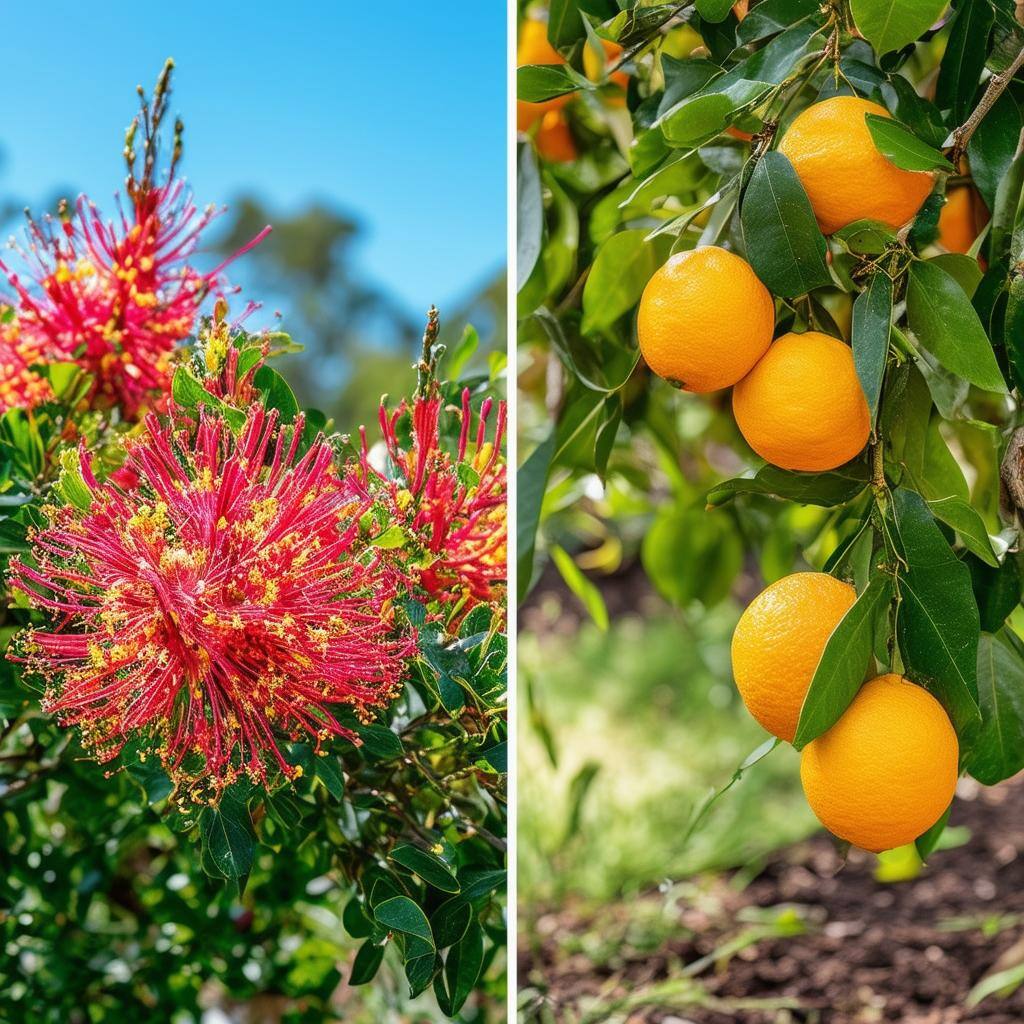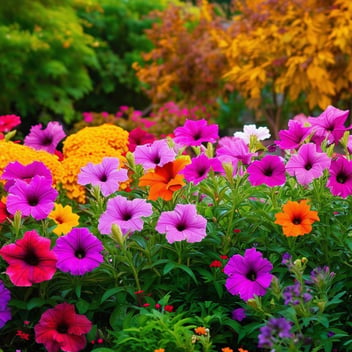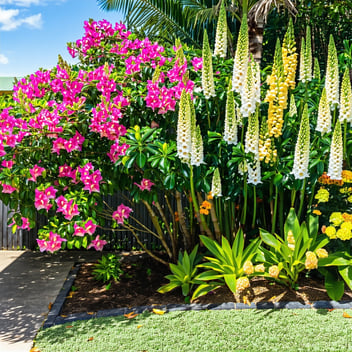Hybridisation vs. Grafting: Which Technique Suits Your SEQ Garden?
Introduction
In the realm of horticulture, two prominent techniques—hybridisation and grafting—stand out for their ability to enhance plant characteristics and adaptability. For gardeners in South East Queensland (SEQ), understanding these methods is crucial to cultivating a thriving garden that withstands the region's unique climatic conditions.
Understanding Hybridisation
Hybridisation involves the cross-breeding of two distinct plant species or varieties to produce offspring that combine desirable traits from both parents. This process can occur naturally through mechanisms like cross-pollination facilitated by wind or pollinators. Artificial hybridisation, however, allows gardeners to intentionally combine characteristics such as enhanced color, fragrance, or disease resistance, leading to the creation of novel plant varieties.
Exploring Grafting
Grafting is a horticultural technique wherein tissues from one plant are inserted into those of another so that the two sets may join and continue their growth together. Historically, this method has been employed to propagate plants that do not root well from cuttings, to repair injured trees, or to combine the best attributes of two plants—such as disease resistance from one and superior fruit quality from another. Common grafting methods include approach grafting, where two independent plants are joined, and bud grafting, which involves inserting a bud from one plant into the stem of another.
Comparative Analysis: Hybridisation vs. Grafting
-
Genetic Implications: Hybridisation results in the creation of a new plant with a unique genetic makeup derived from both parent plants. In contrast, grafting does not alter the genetic composition of the scion (the grafted part) or the rootstock; instead, it combines their physical characteristics, allowing each part to retain its original genetics.
-
Timeframe for Desired Outcomes: Hybridisation can be a lengthy process, often requiring several generations to stabilize desired traits in the offspring. Grafting, however, can yield immediate benefits, such as accelerated fruiting or flowering, since the scion is typically taken from a mature plant.
-
Applicability to Different Plant Species: Hybridisation is generally limited to plants within the same species or closely related species due to genetic compatibility requirements. Grafting offers more flexibility, allowing the combination of different species or even genera, provided they are compatible, thereby enabling the cultivation of diverse plant varieties on a single root system.
Suitability for SEQ’s Climate
South East Queensland boasts a humid subtropical climate, characterized by hot, humid summers and mild, dry winters. Gardeners in this region face challenges such as high humidity, which can promote fungal diseases, and periods of drought during the winter months. Selecting plant varieties and propagation techniques that enhance resilience to these conditions is paramount for successful gardening in SEQ.
Practical Applications in SEQ Gardens
-
Hybridisation in SEQ: Gardeners have successfully developed hybrid varieties of plants like Grevilleas, combining vibrant flower colors with increased tolerance to local pests and diseases. These hybrids not only enhance the aesthetic appeal of gardens but also contribute to biodiversity by attracting native pollinators.
-
Grafting in SEQ: Citrus trees are commonly grafted onto rootstocks that confer resistance to soil-borne diseases prevalent in SEQ. This practice ensures robust growth and fruitful yields, allowing gardeners to enjoy a variety of citrus fruits from a single tree.
Conclusion
Deciding between hybridisation and grafting depends on the gardener's objectives, the specific plant species involved, and the unique challenges presented by SEQ's climate. Hybridisation offers the opportunity to create entirely new plant varieties with combined traits, while grafting provides a means to enhance existing plants' performance and resilience quickly. By understanding and applying these techniques thoughtfully, SEQ gardeners can cultivate diverse and thriving gardens tailored to their preferences and environmental conditions.




